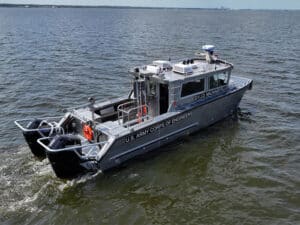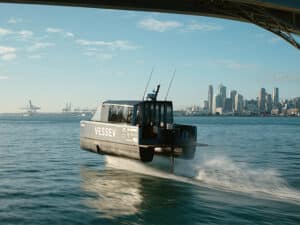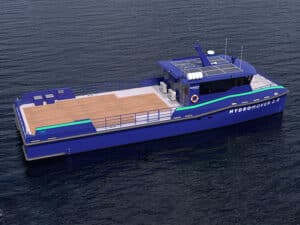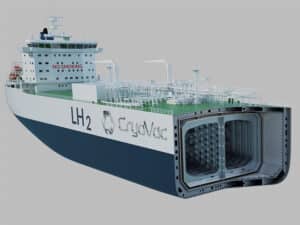
BOEMRE holds Unannounced Spill Drill to test new subsea containment rules
Written by “We are using many diverse methods, techniques and tools to ensure that oil and gas operations on the Outer Continental Shelf are being conducted in the safest and most environmentally-responsible manner,” says BOEMRE Director Michael R. Bromwich.
“We are using many diverse methods, techniques and tools to ensure that oil and gas operations on the Outer Continental Shelf are being conducted in the safest and most environmentally-responsible manner,” says BOEMRE Director Michael R. Bromwich.
BOEMRE has completed the first post-Macondo unannounced spill drill to test the new requirements of subsea containment capabilities for deepwater wells. Led by BOEMRE, the table-top drill, which took place last week, was a joint exercise with the U.S. Coast Guard, the State of Louisiana, and Petrobras America, Inc.
The preliminary results of the drill were positive; a final evaluation will follow when analysis of all documentation is completed.
“Testing an operator’s ability to activate its sub-sea containment resources is one very important tool,” said Director Bromwich. “The Spill Drill Program can help us validate that operators are appropriate trained in effective containment deployment. It is a natural extension of our enhanced safety and environmental regulations and standards put in place following the Deepwater Horizon tragedy.”
The Unannounced Spill Drill Program, initiated by the then-Minerals Management Service in 1989, tests an operator’s ability to notify the appropriate entities and personnel, including federal regulatory agencies, affected state and local agencies, internal response coordinators and response contractors. It also tests an operator’s ability to make correct and timely decisions, respond properly, and take appropriate action.
Last week’s drill tested Petrobras America, Inc., with a scenario that was premised on a hypothetical blowout experienced by one of its deepwater subsea wells. The table-top exercise specifically tested Petrobras’s ability to assess a subsea well control situation and mobilize the proper subsea containment/intervention equipment in a timely manner.
The selection of an operator to participate in an unannounced drill is based on such factors as the number of oil producing facilities, the volume of oil production, and proximity to sensitive areas. With an eye to the operator’s current activities, a location is chosen and a spill scenario is developed. Fictitious weather conditions provided to the operator during the drill are used to produce a hypothetical trajectory of the spill.
September 19, 2011





Leave a Reply
You must be logged in to post a comment.